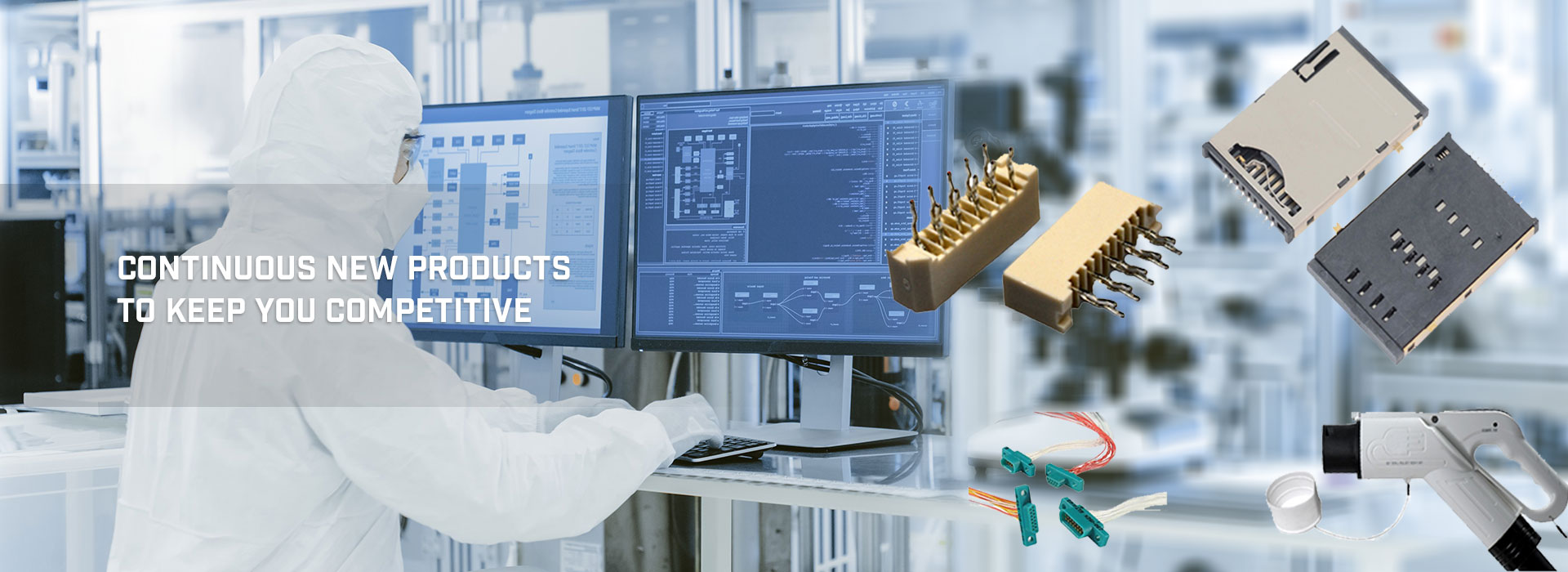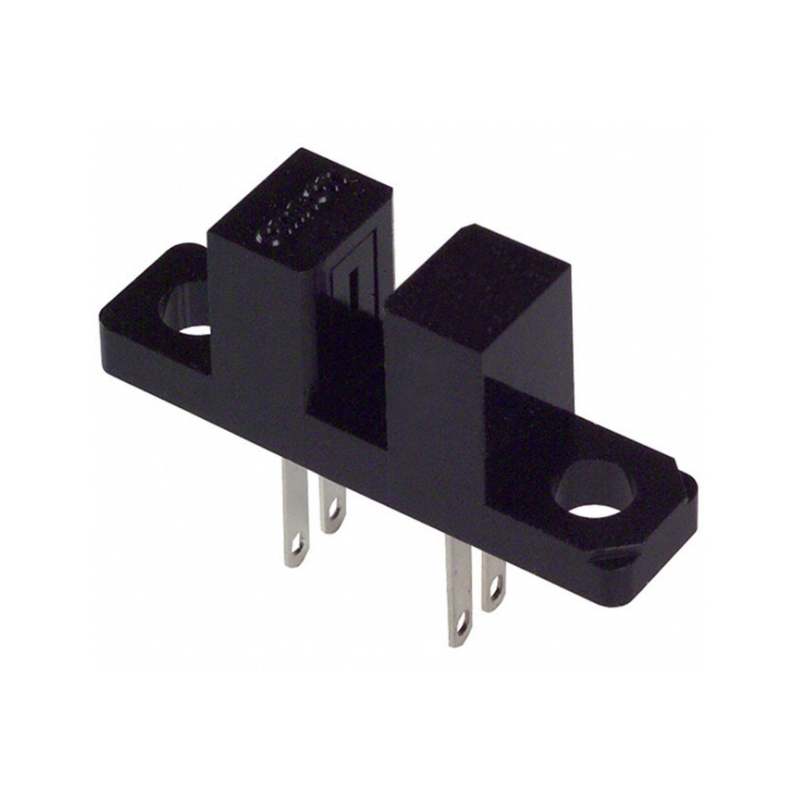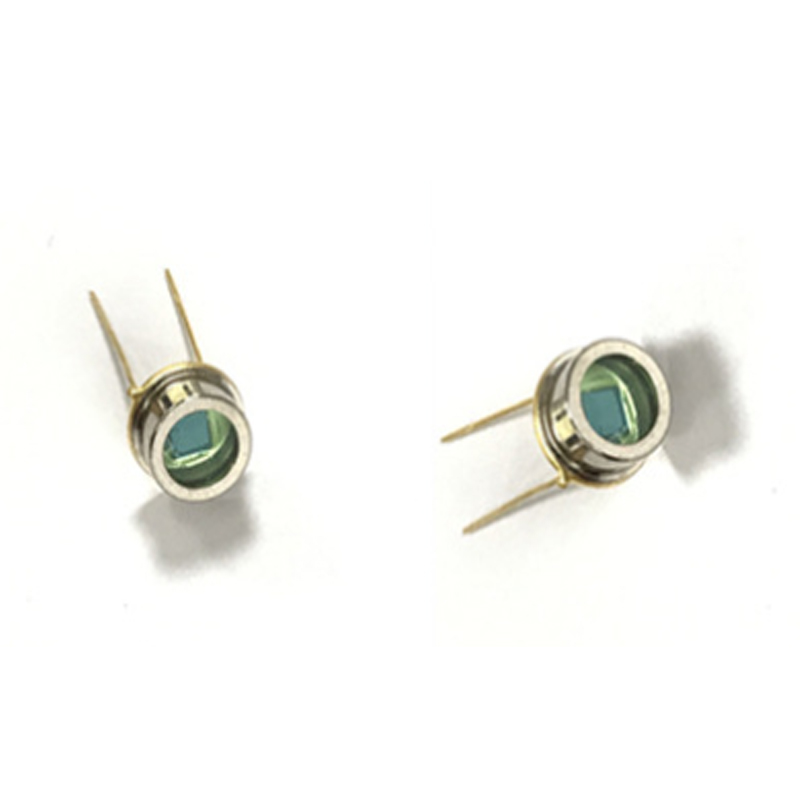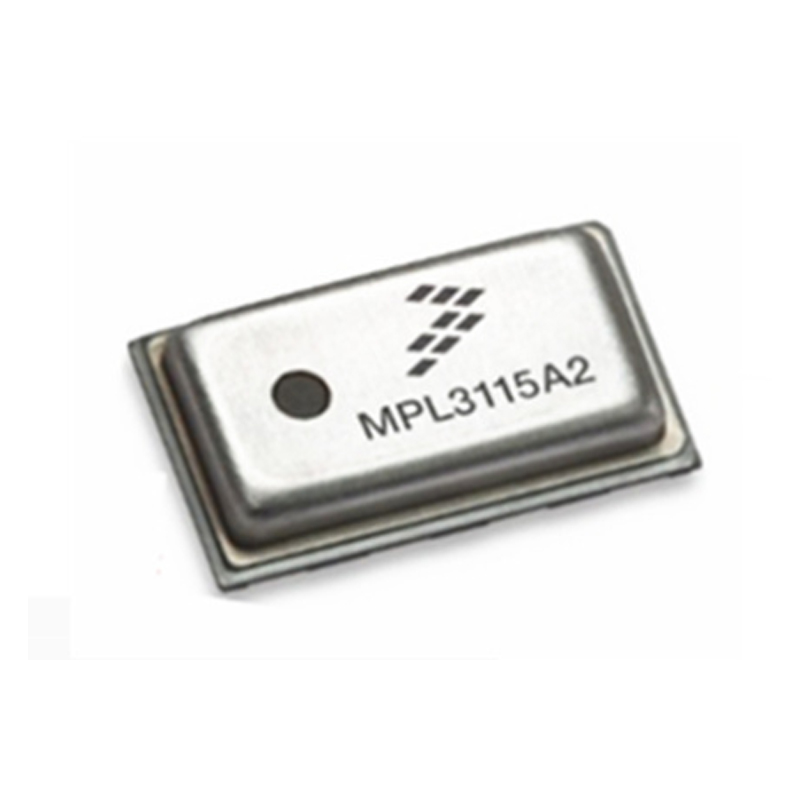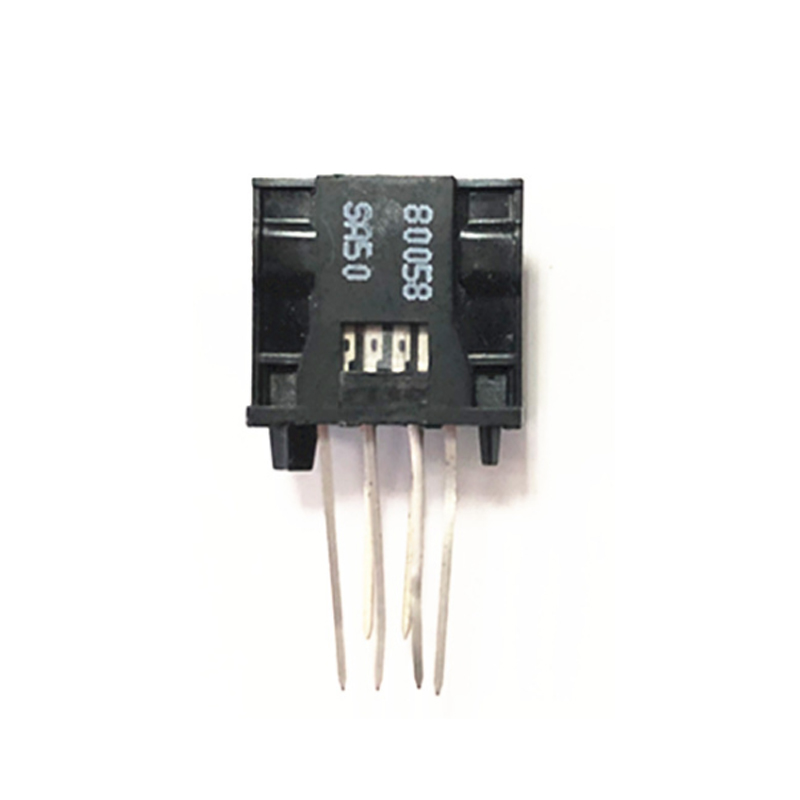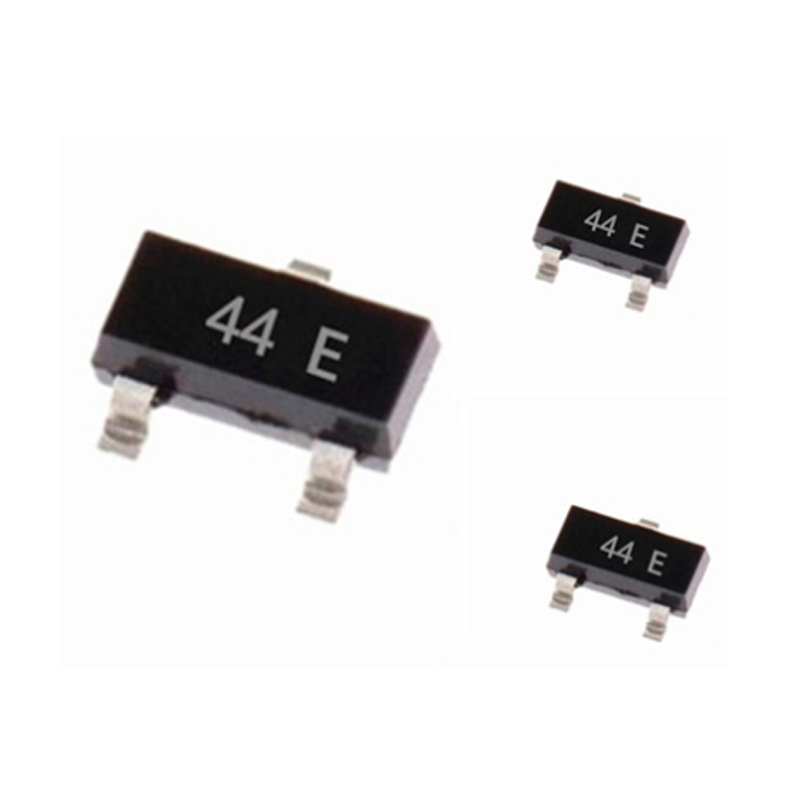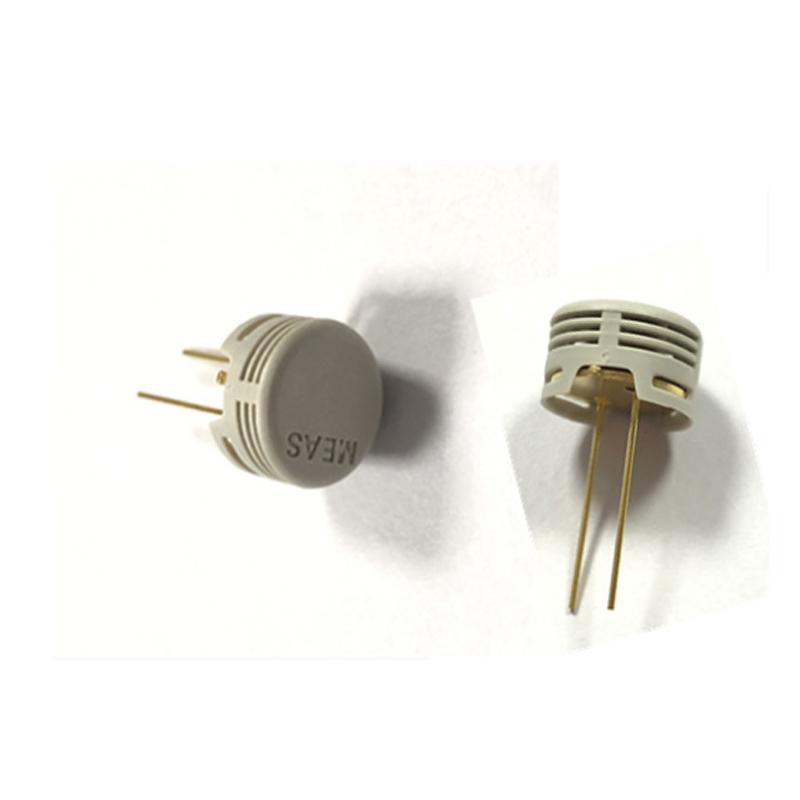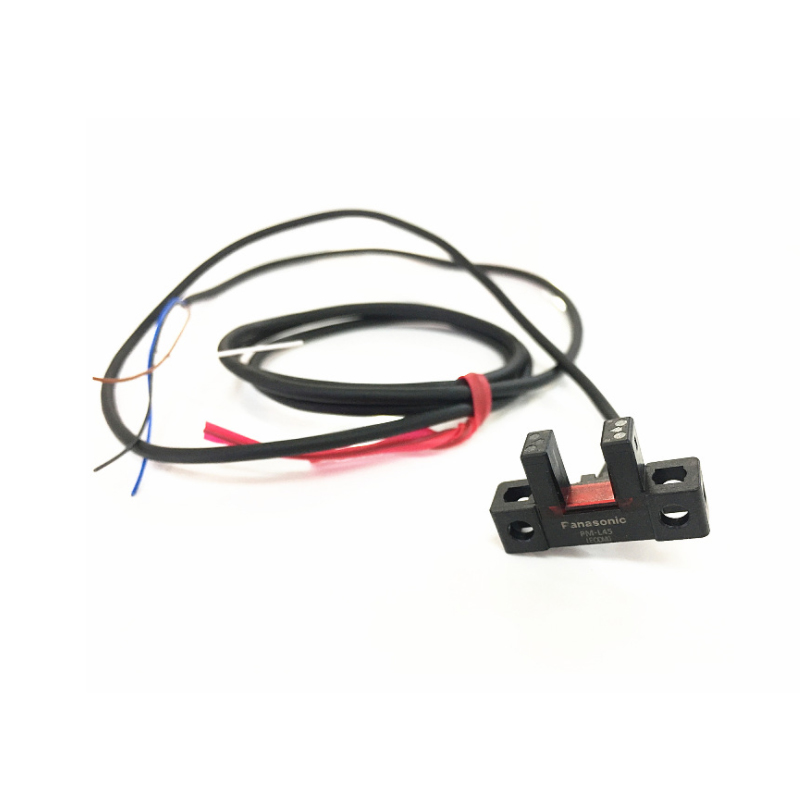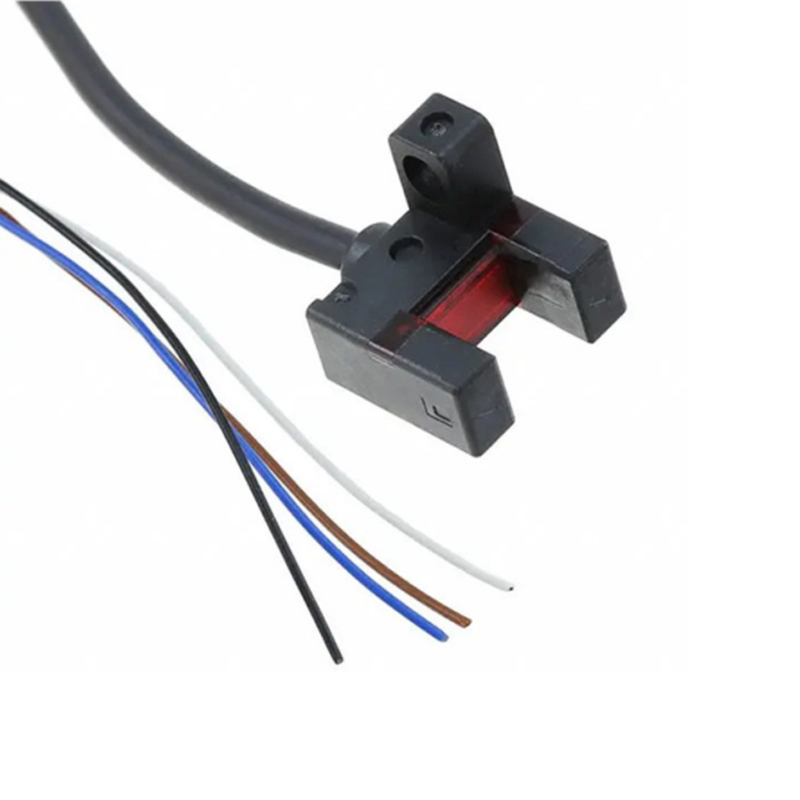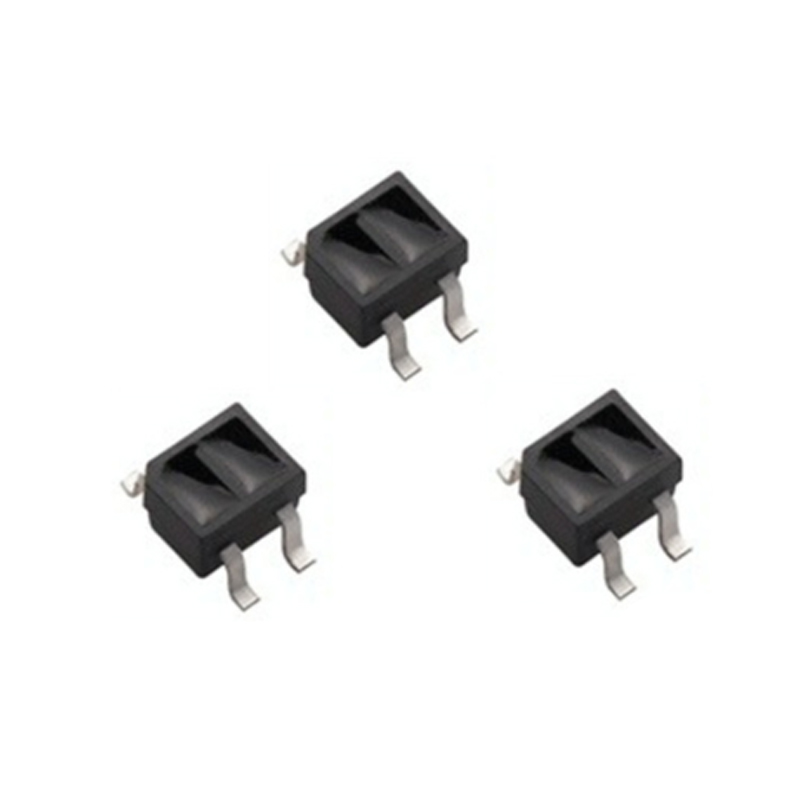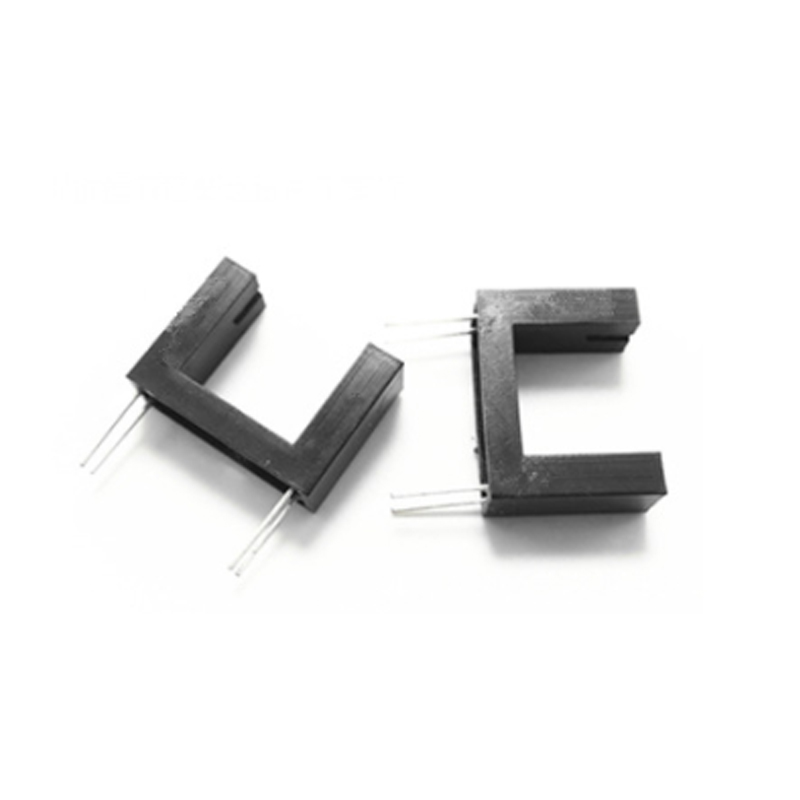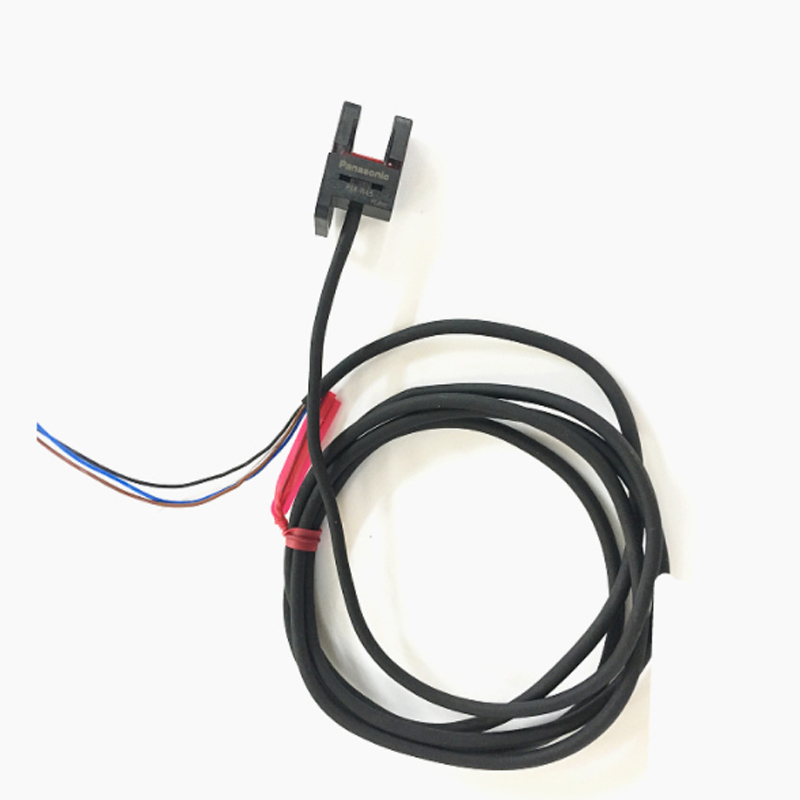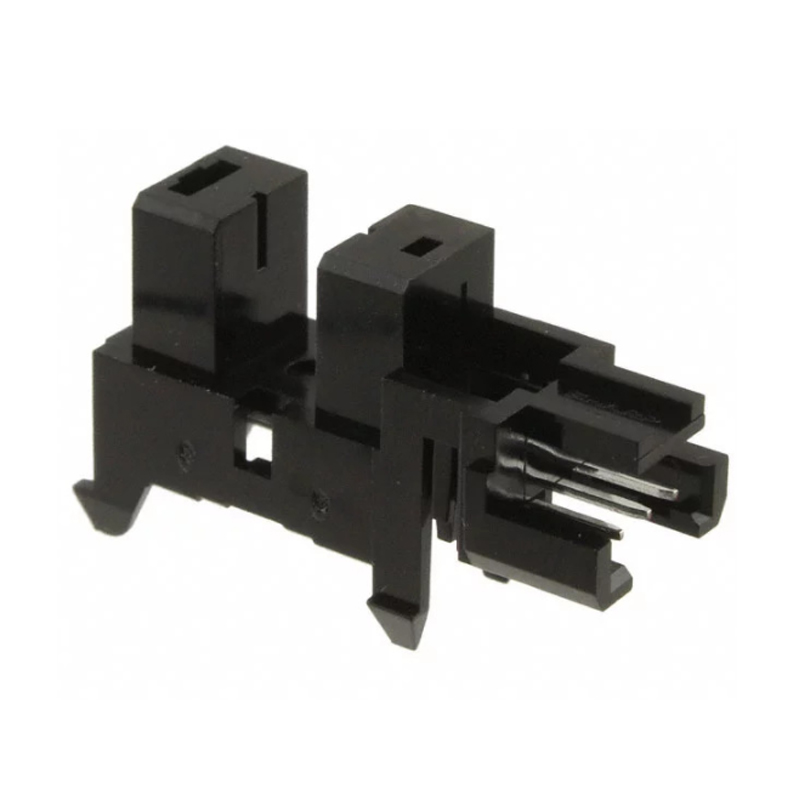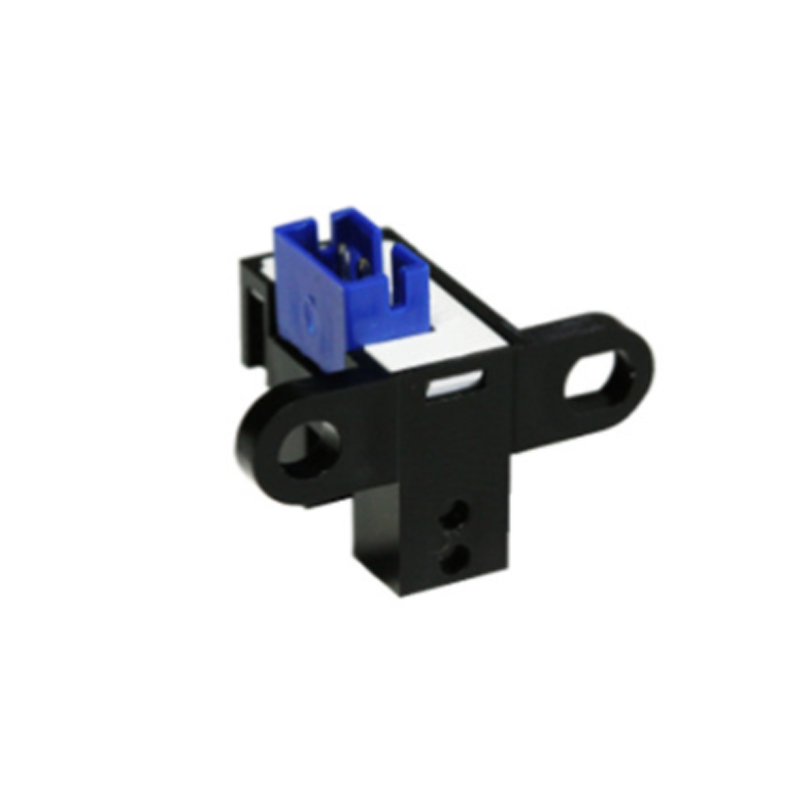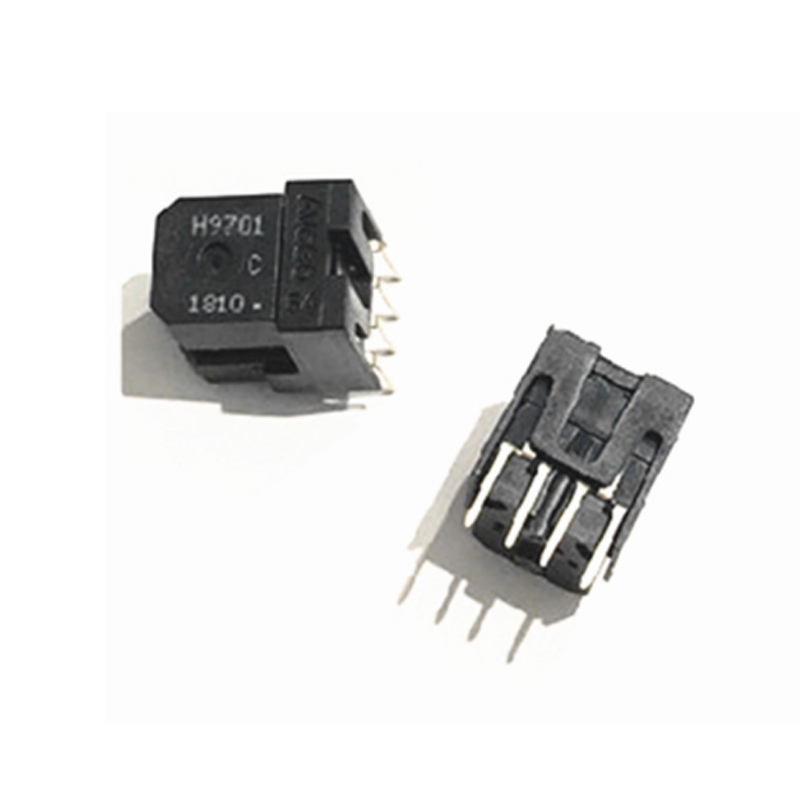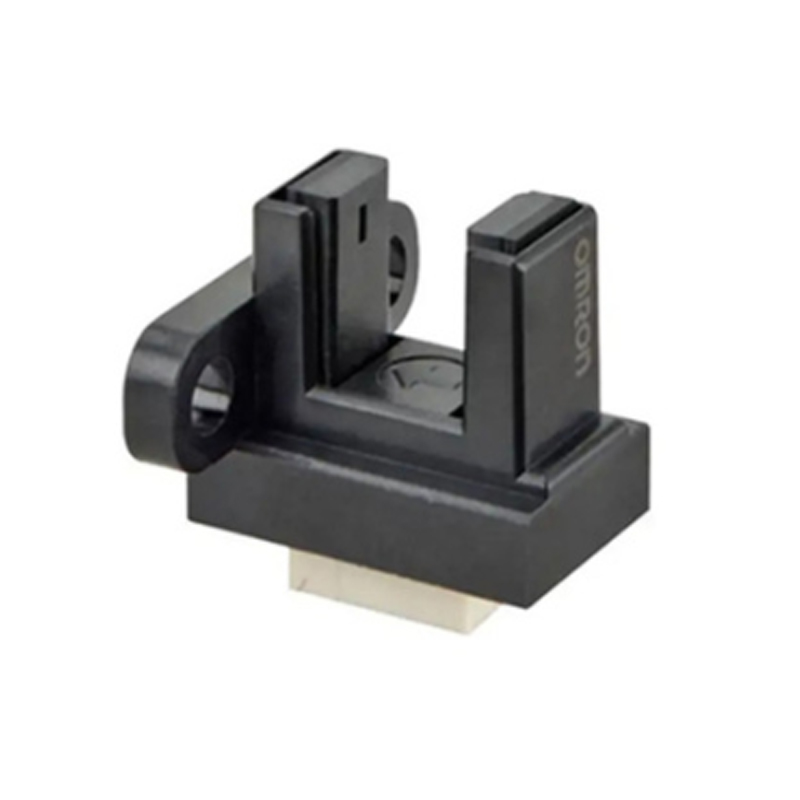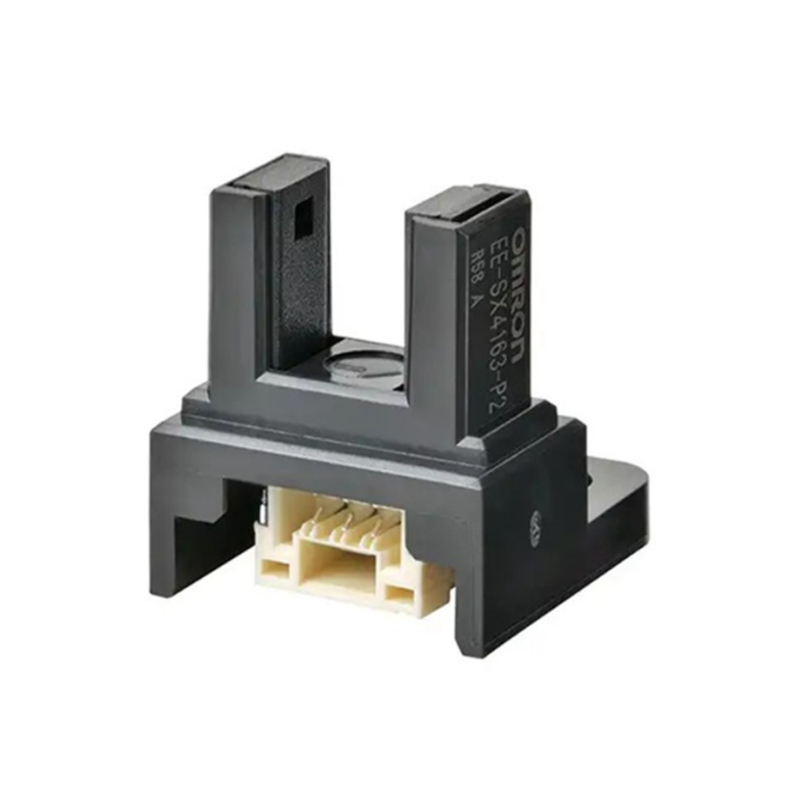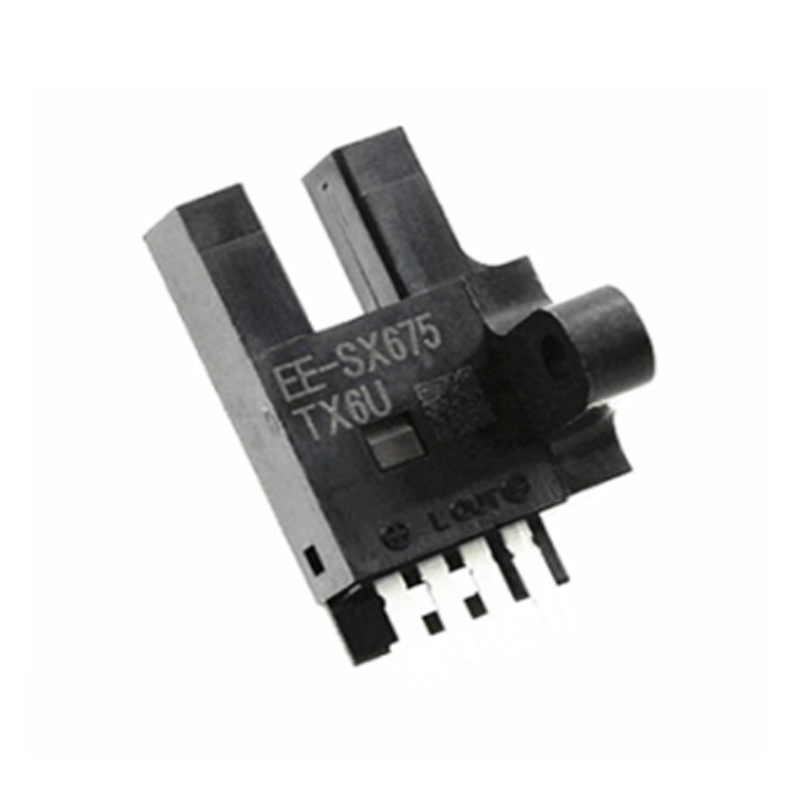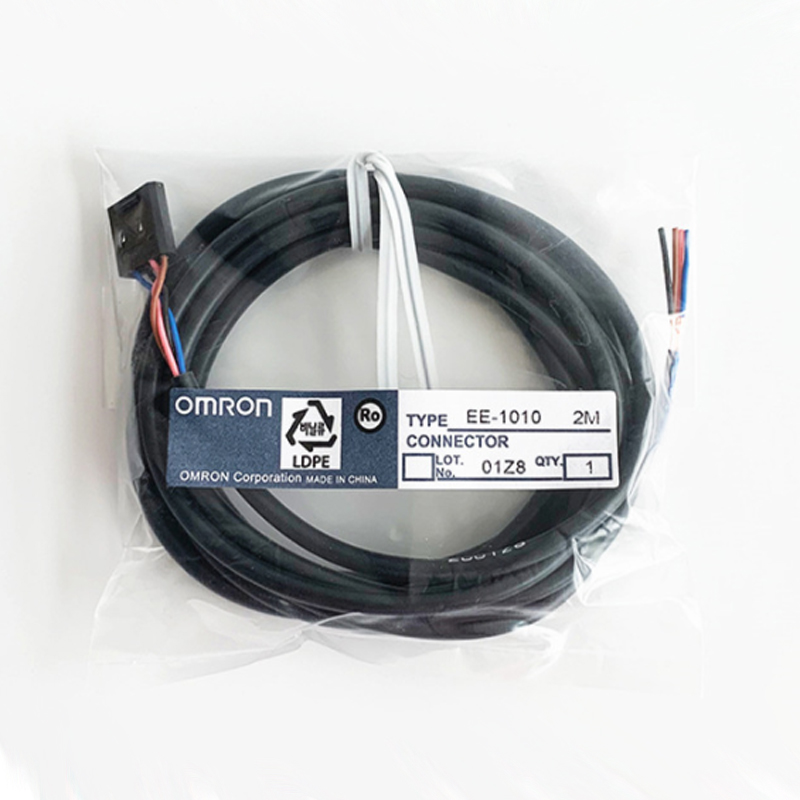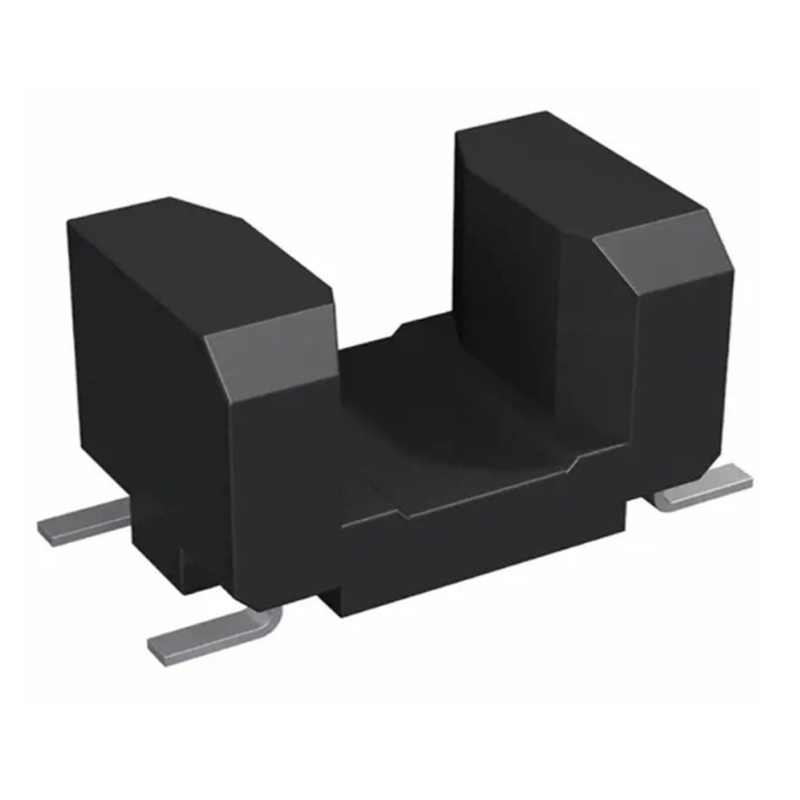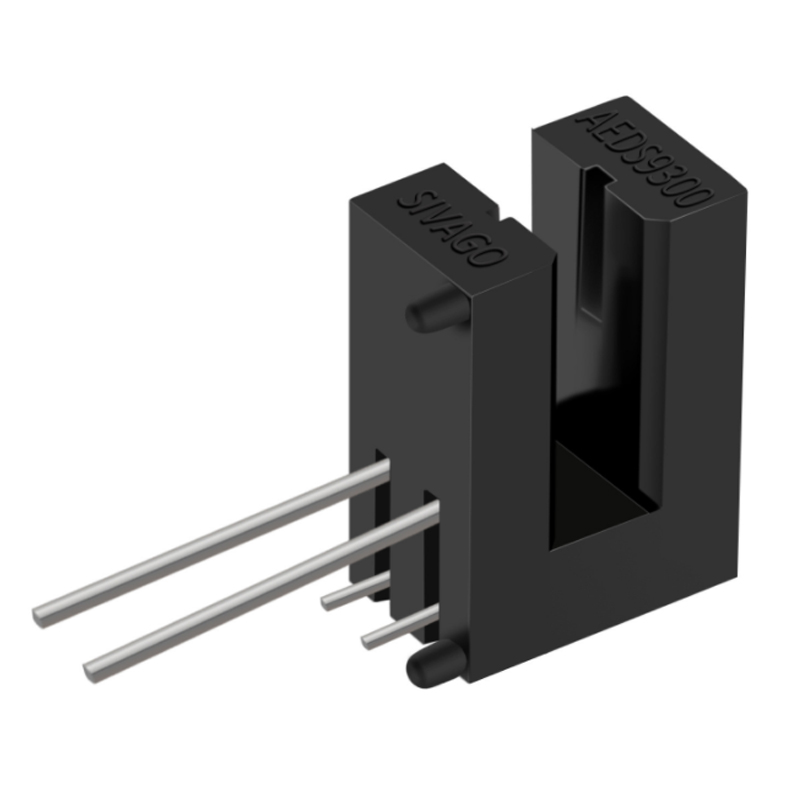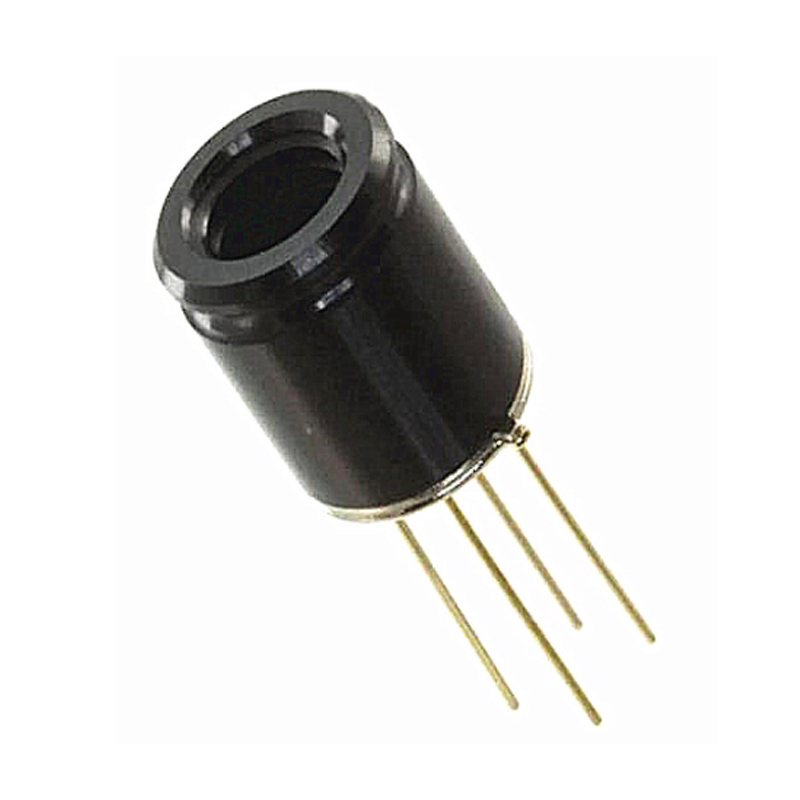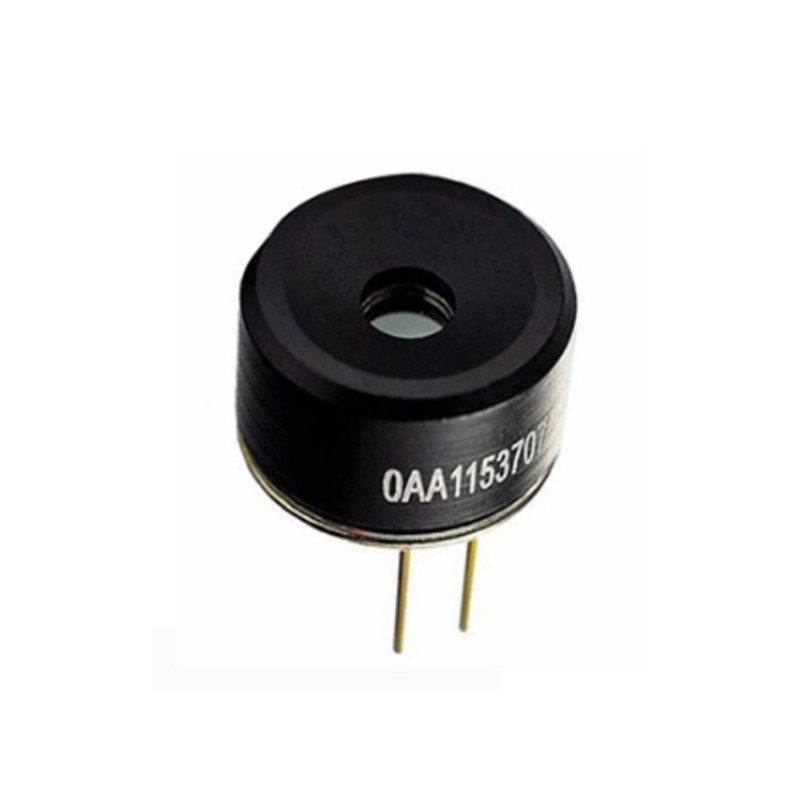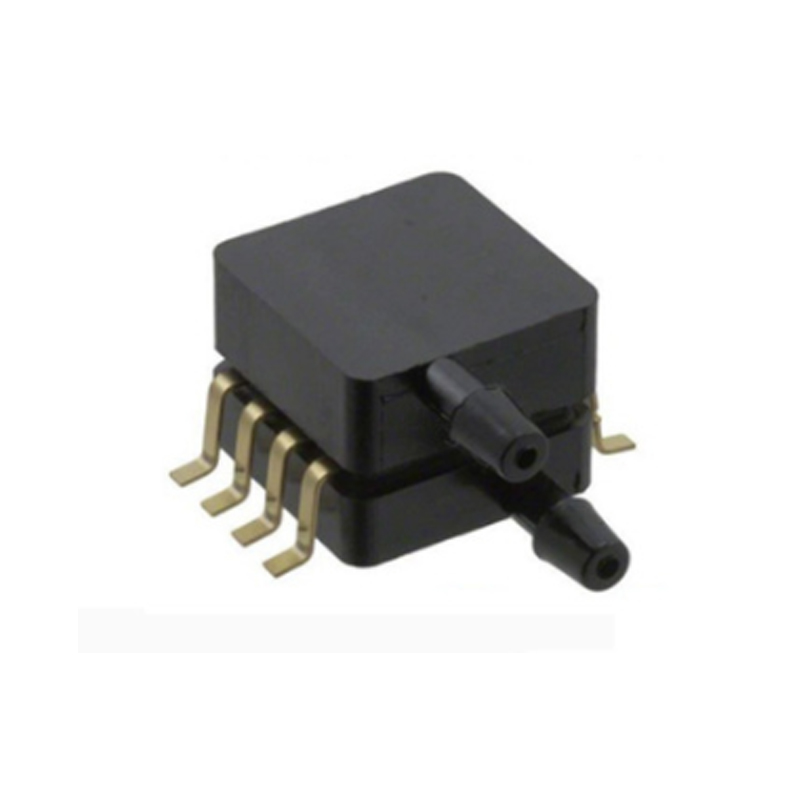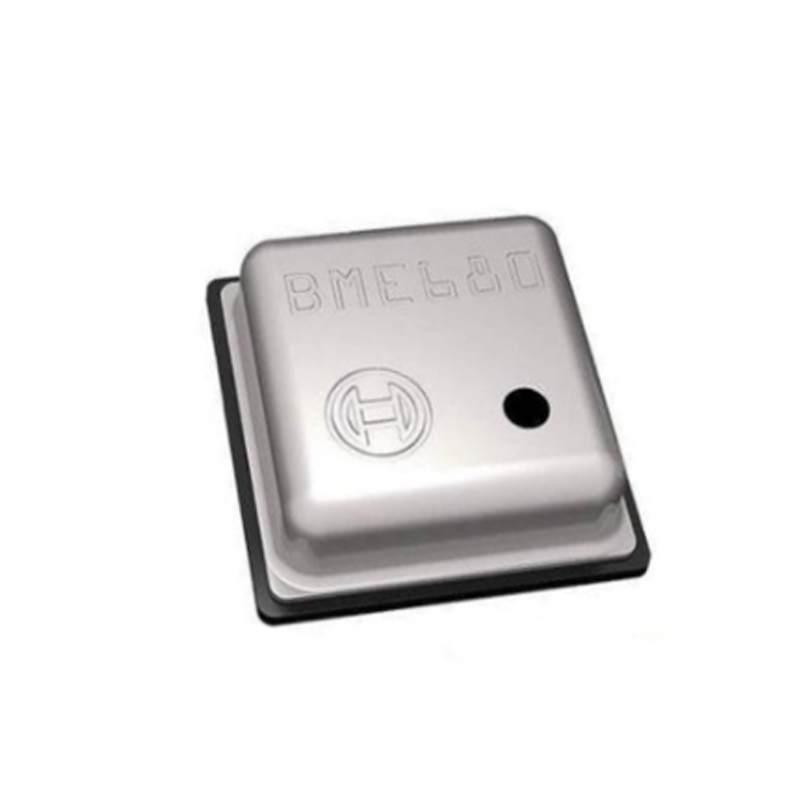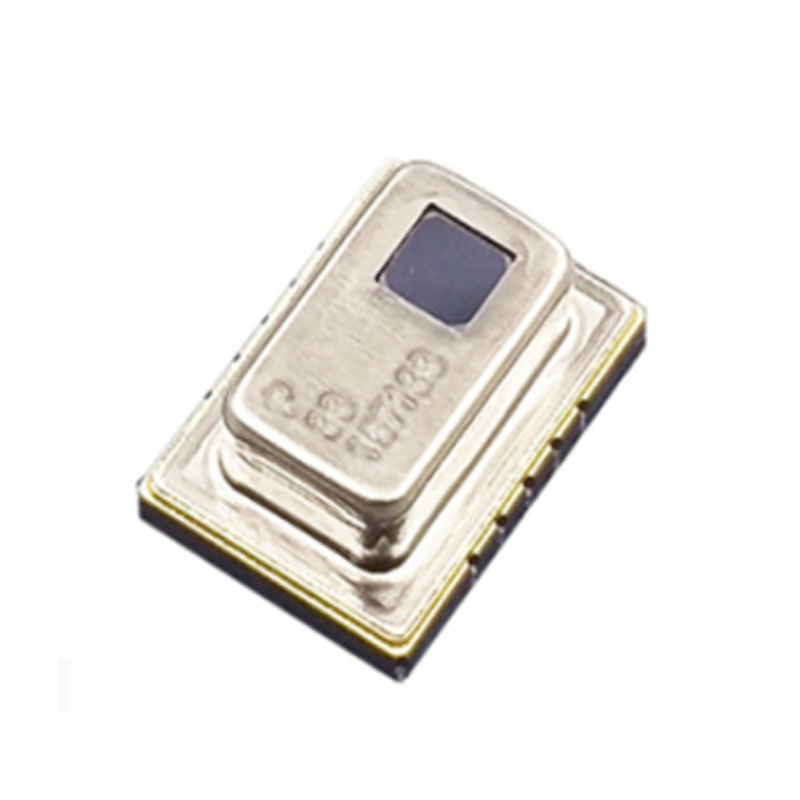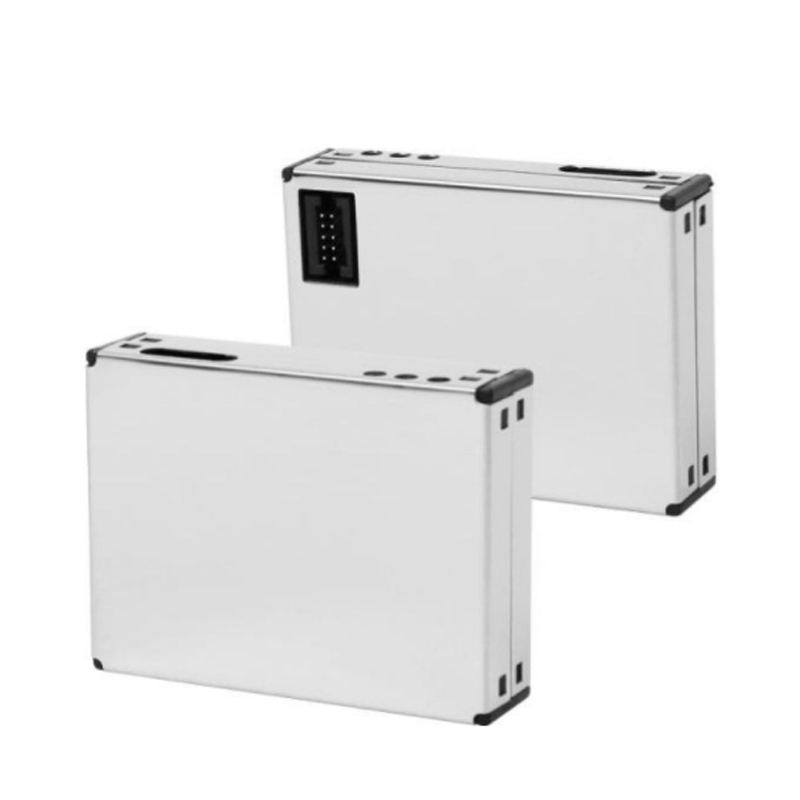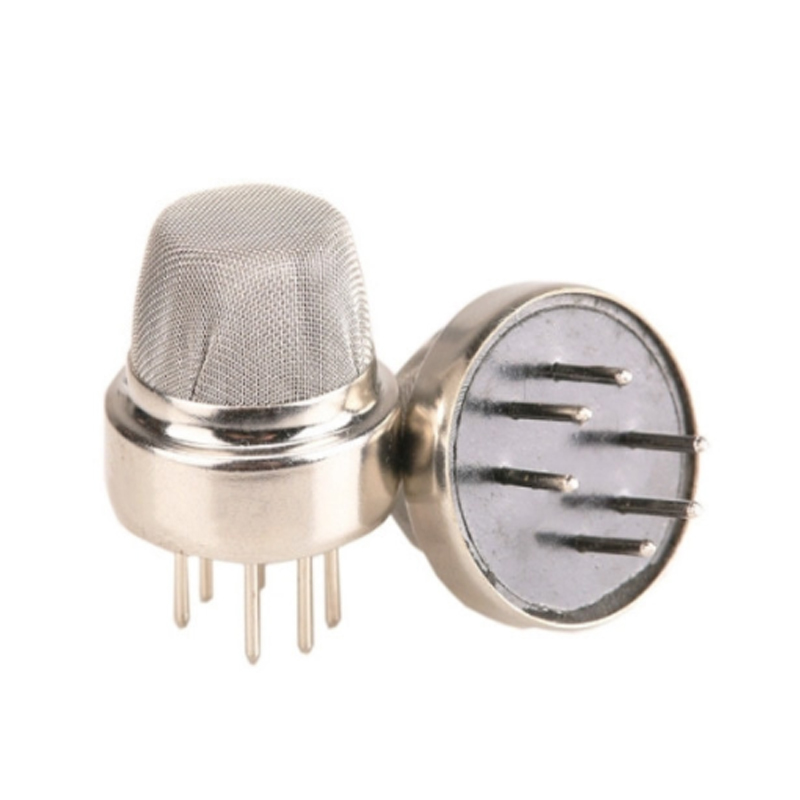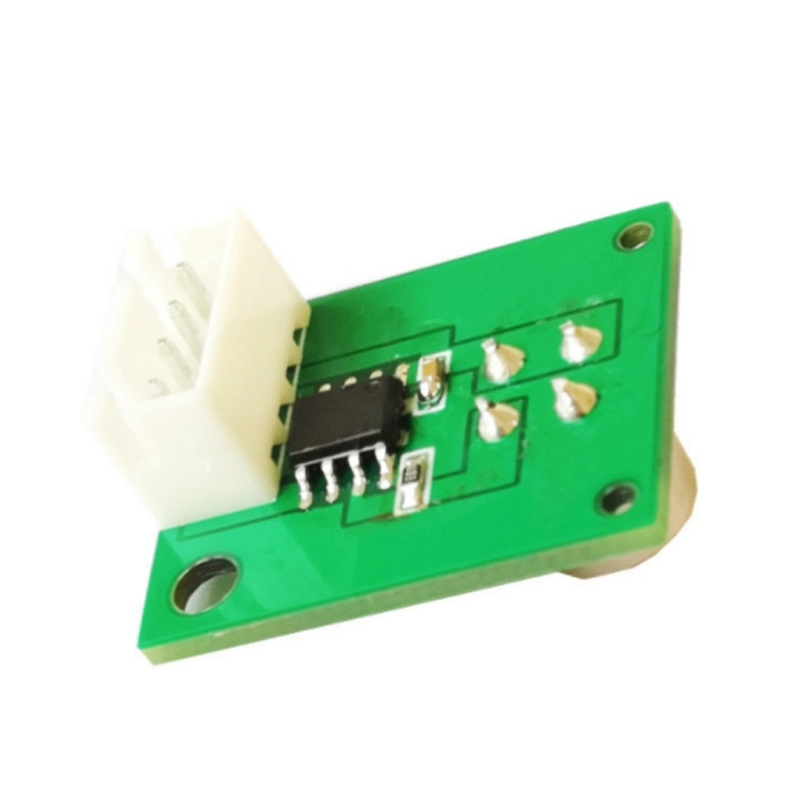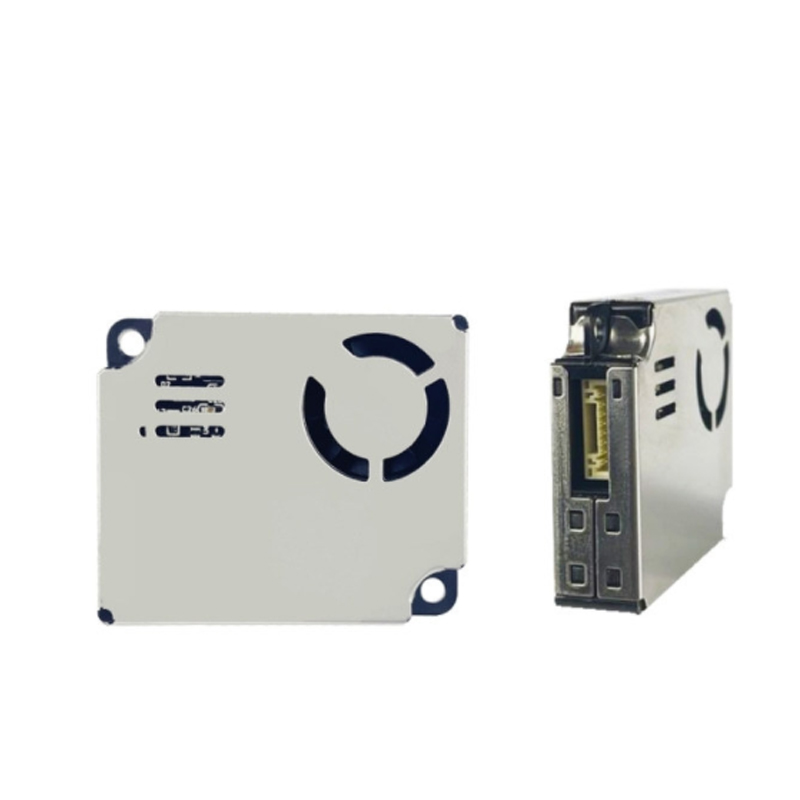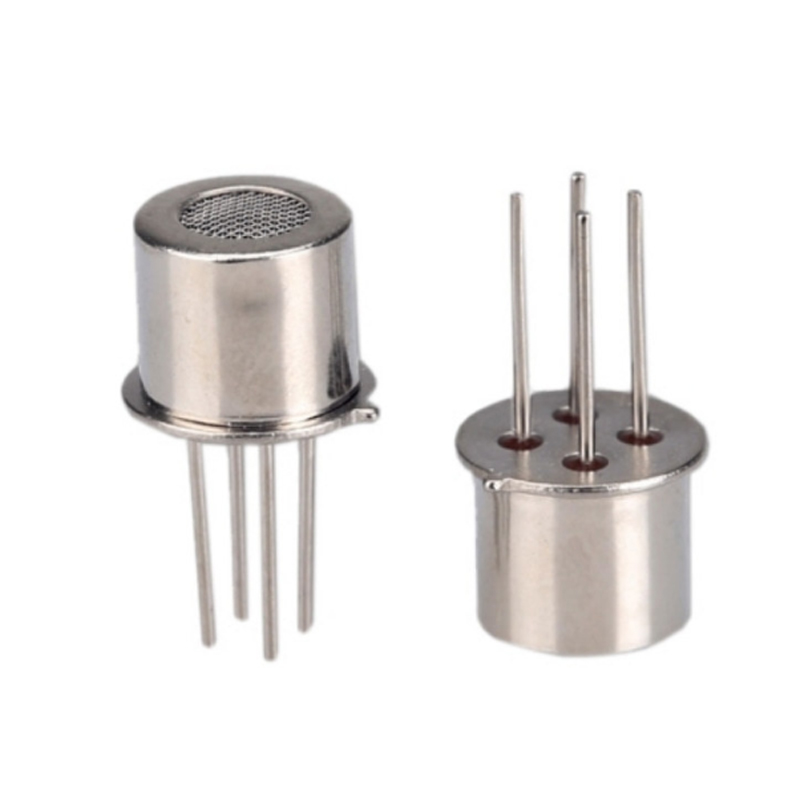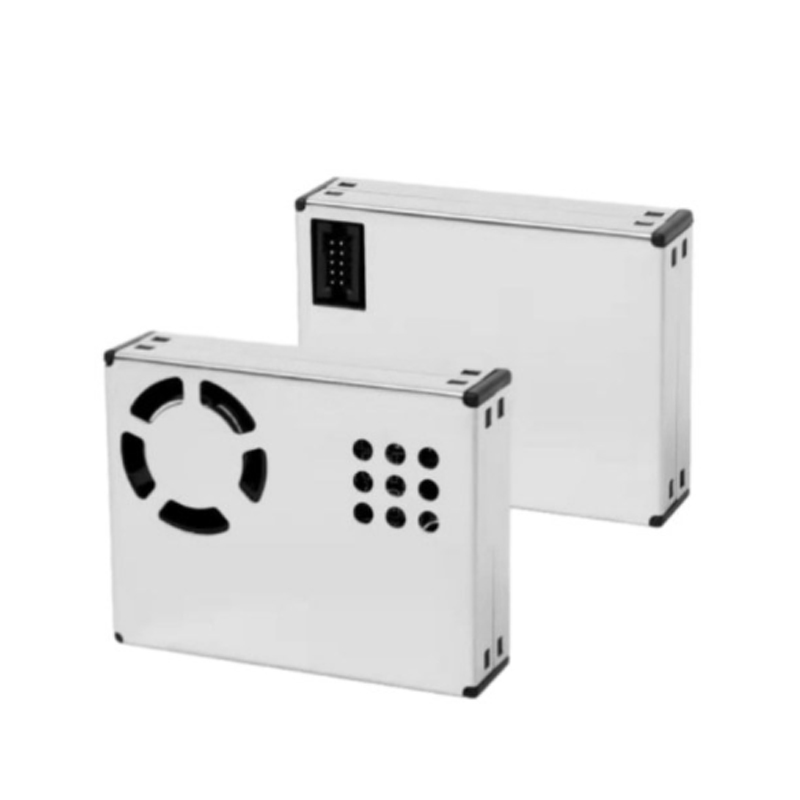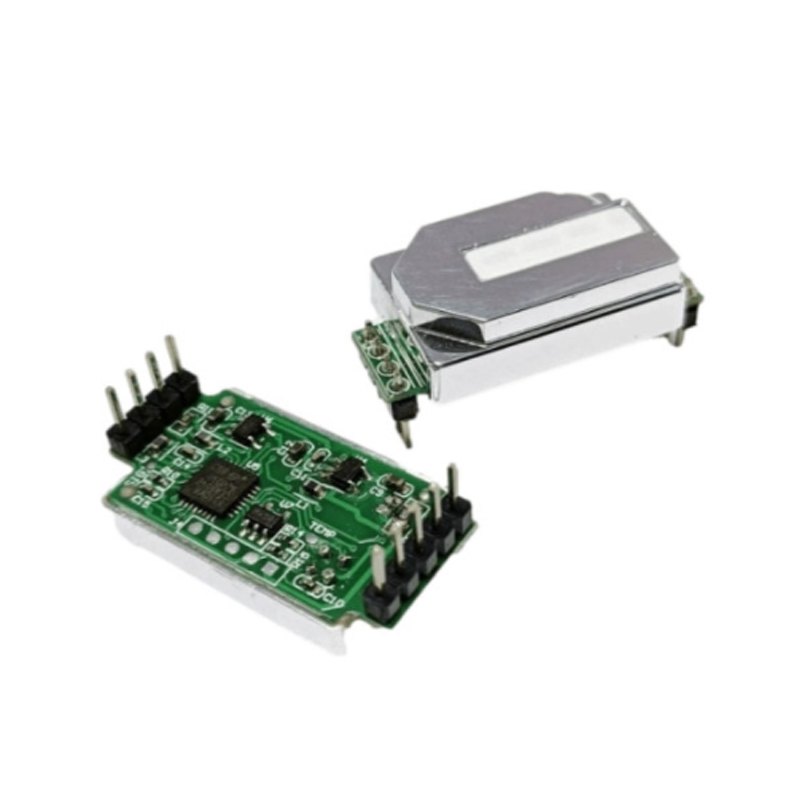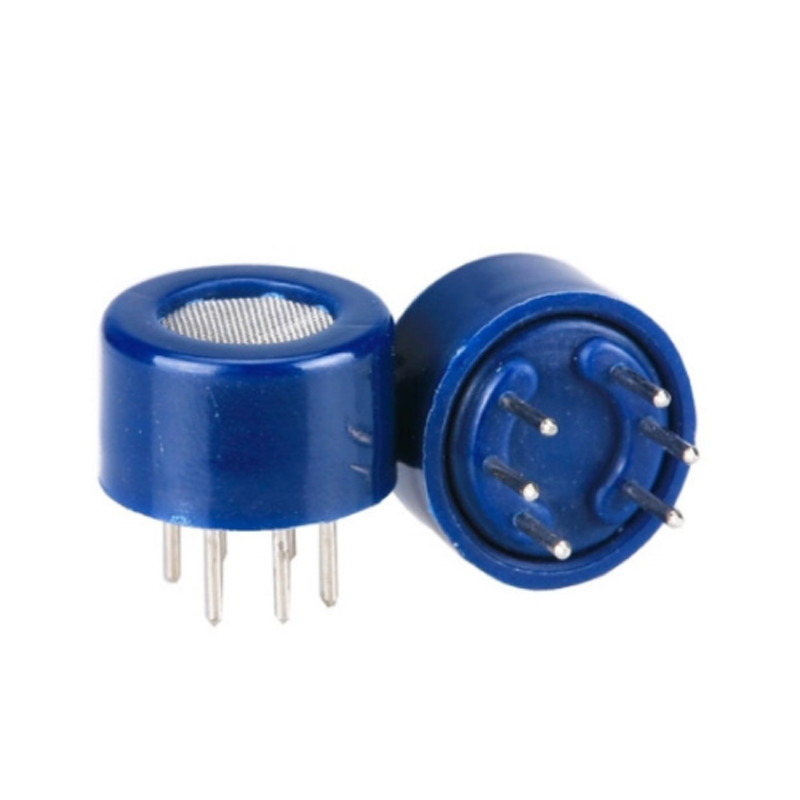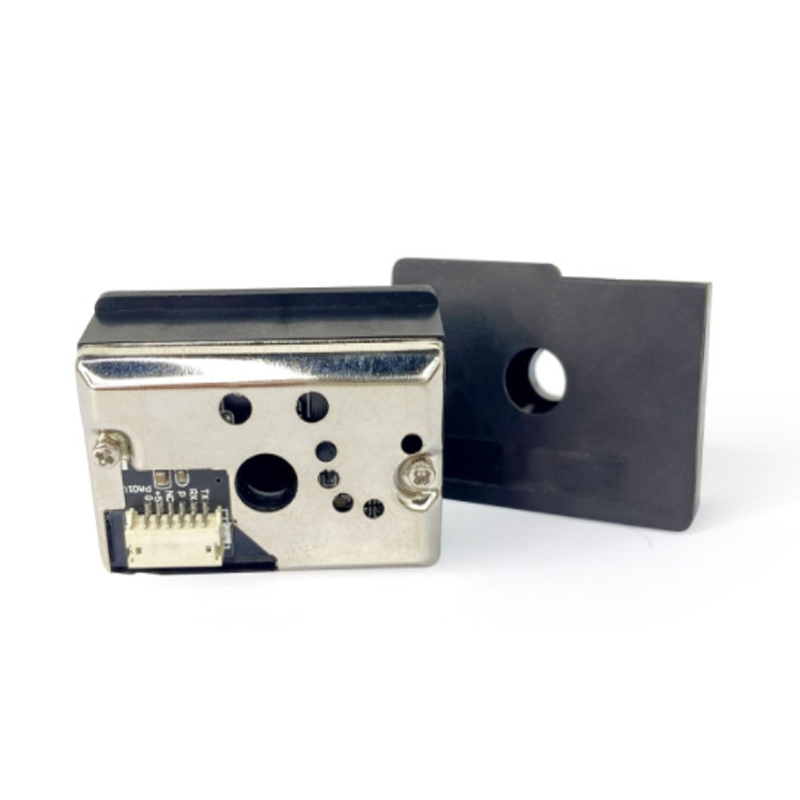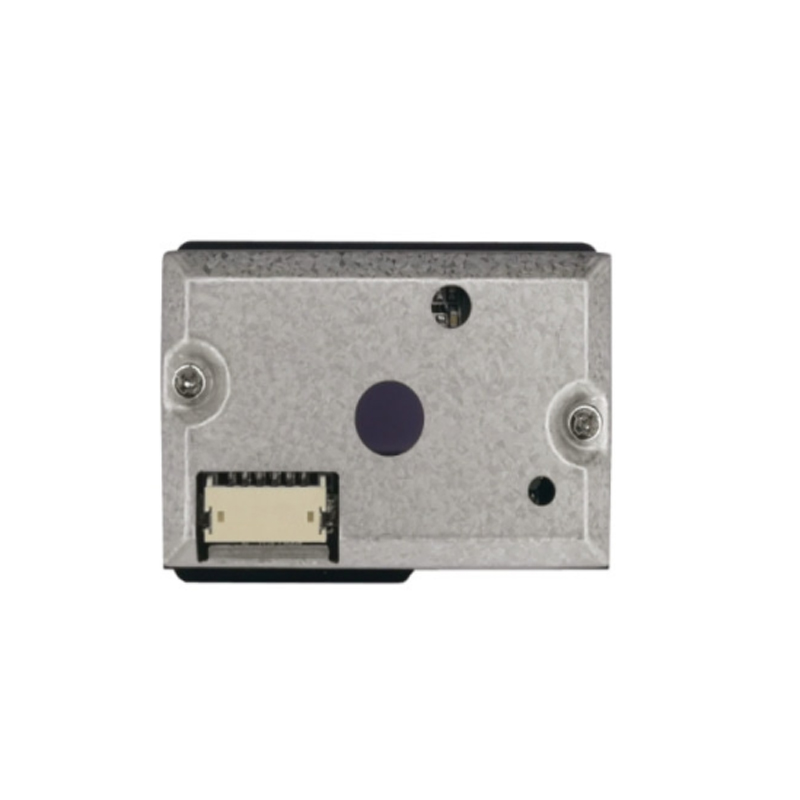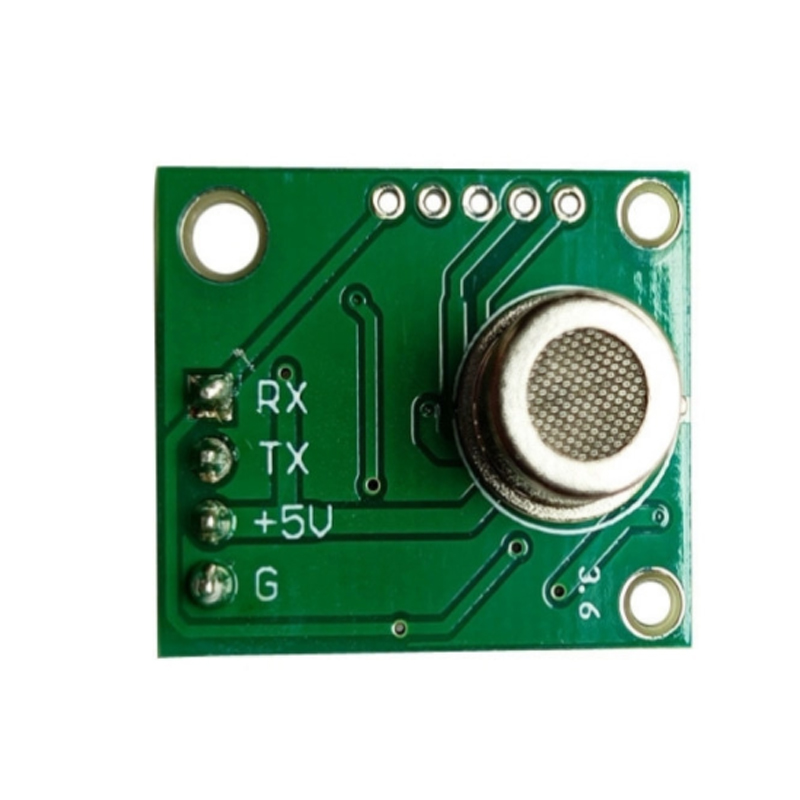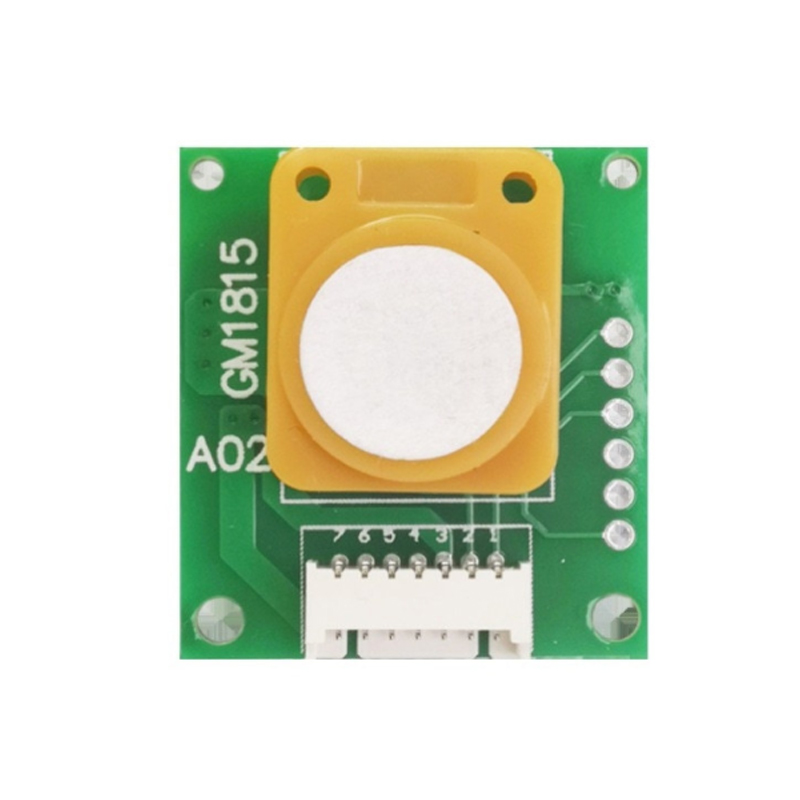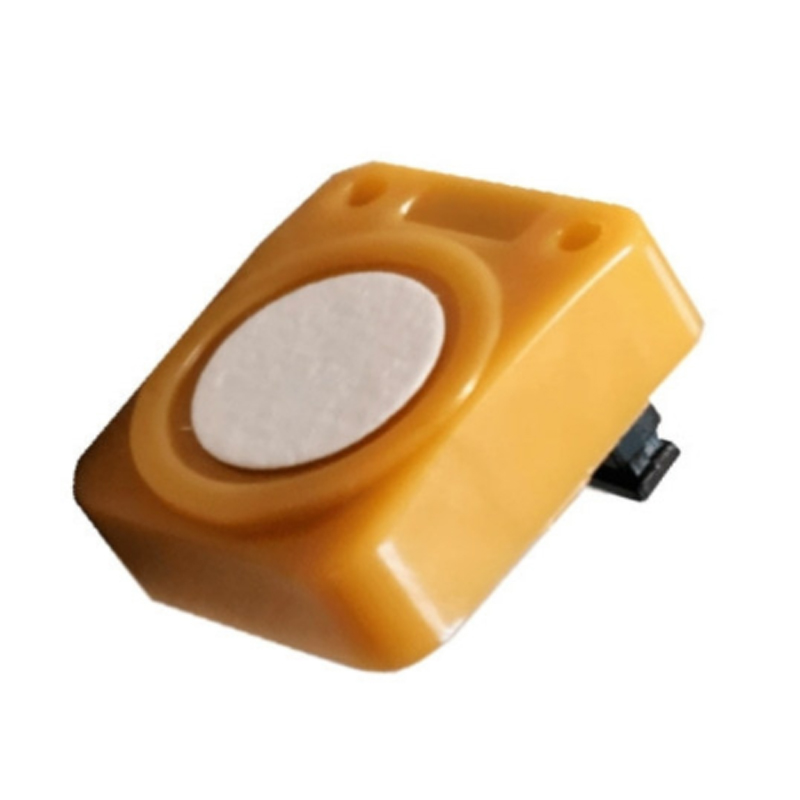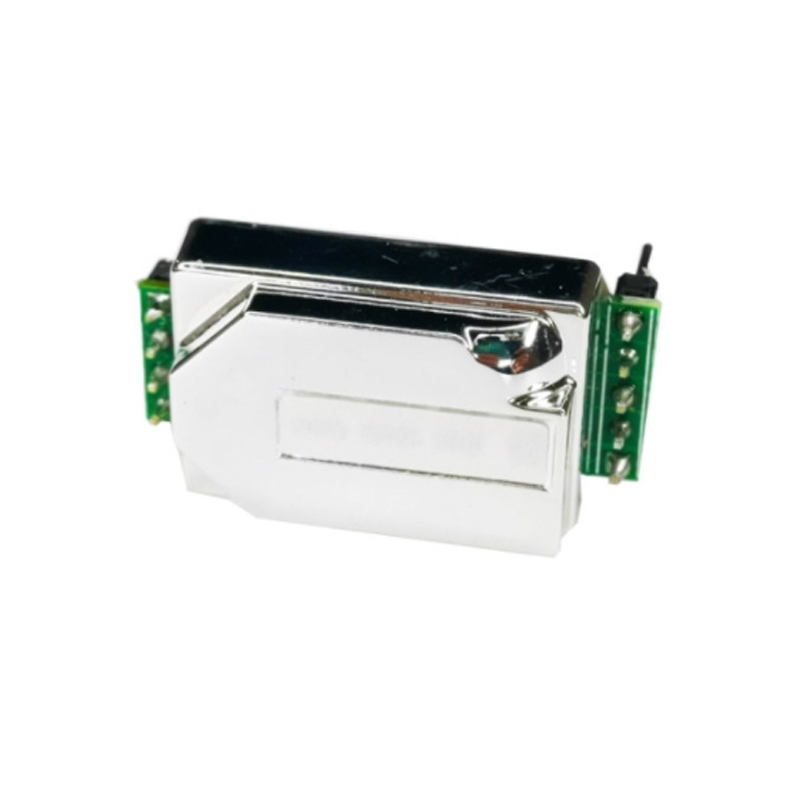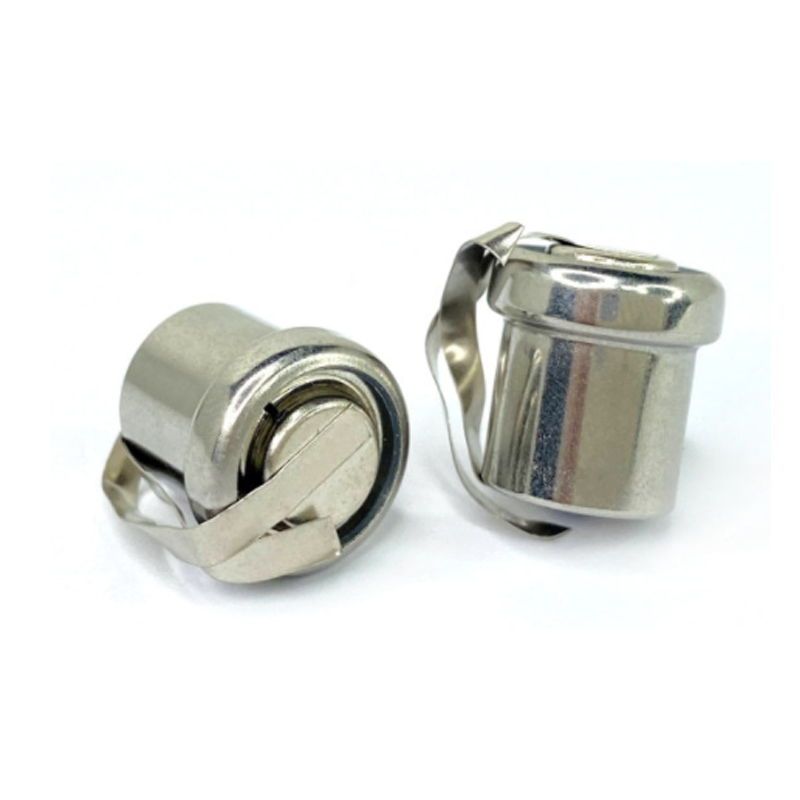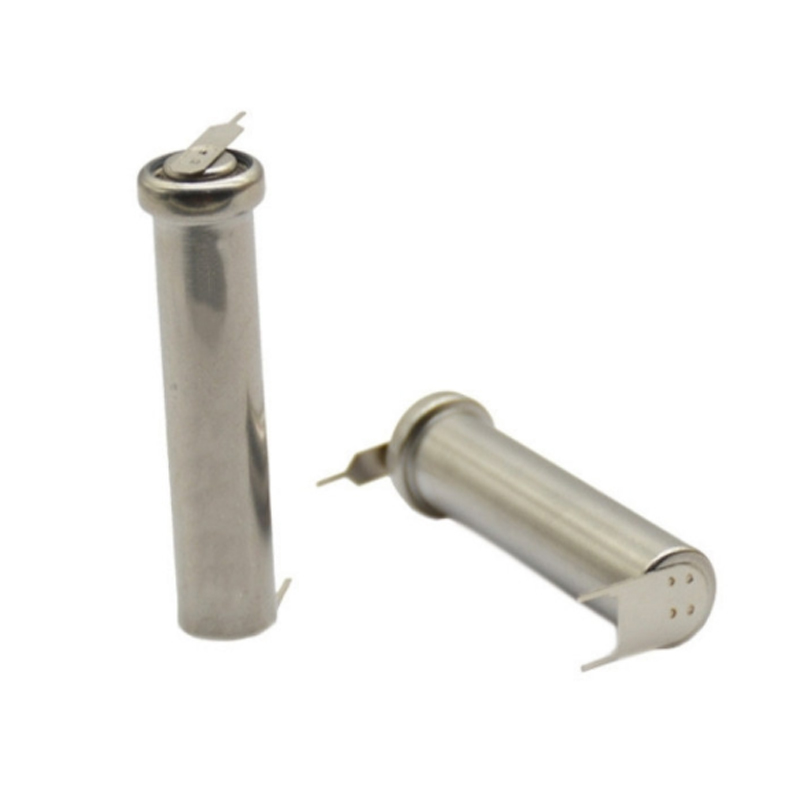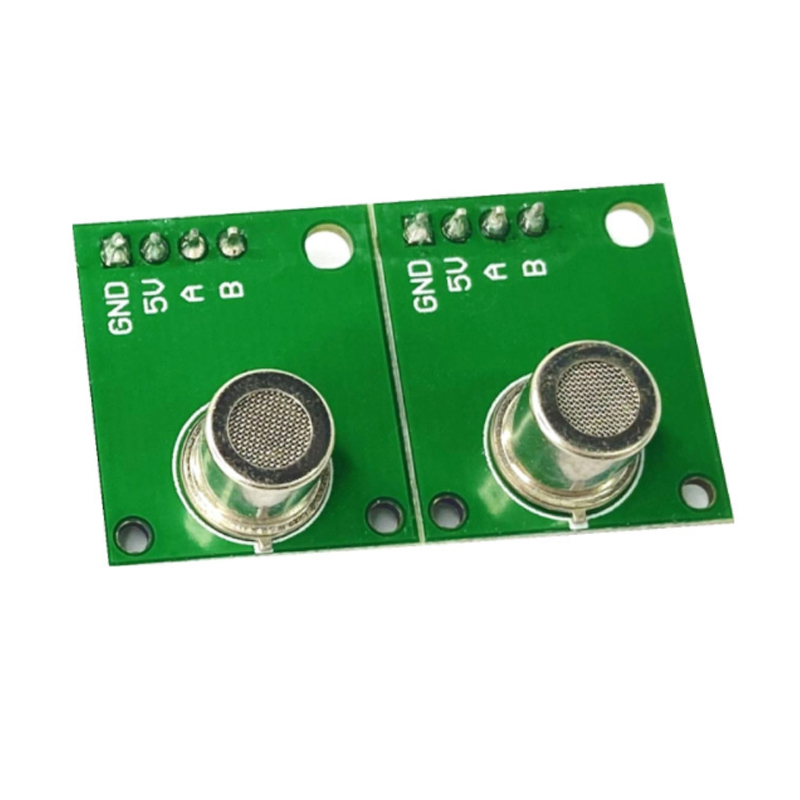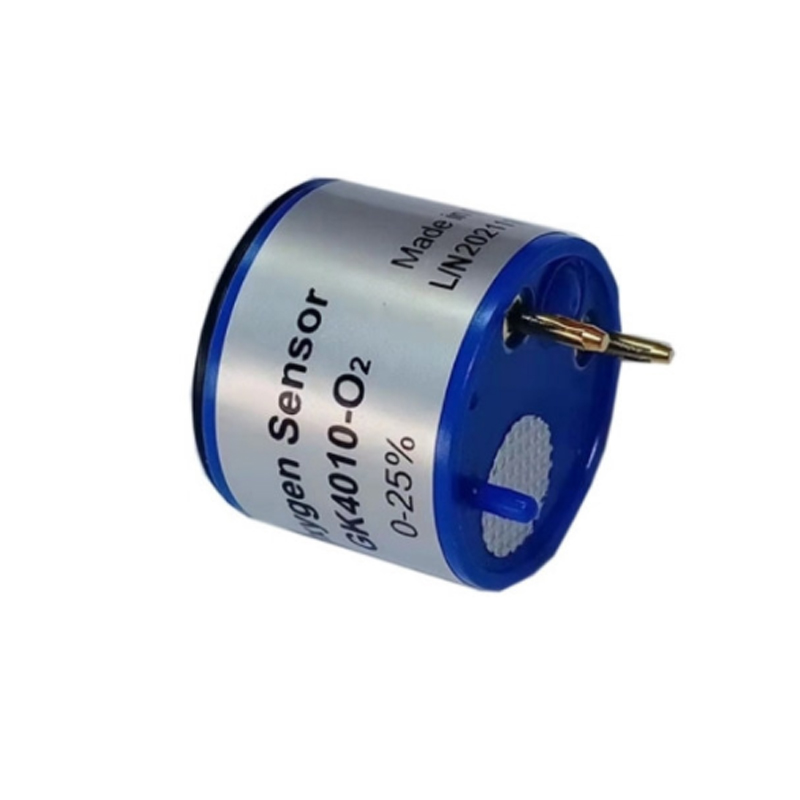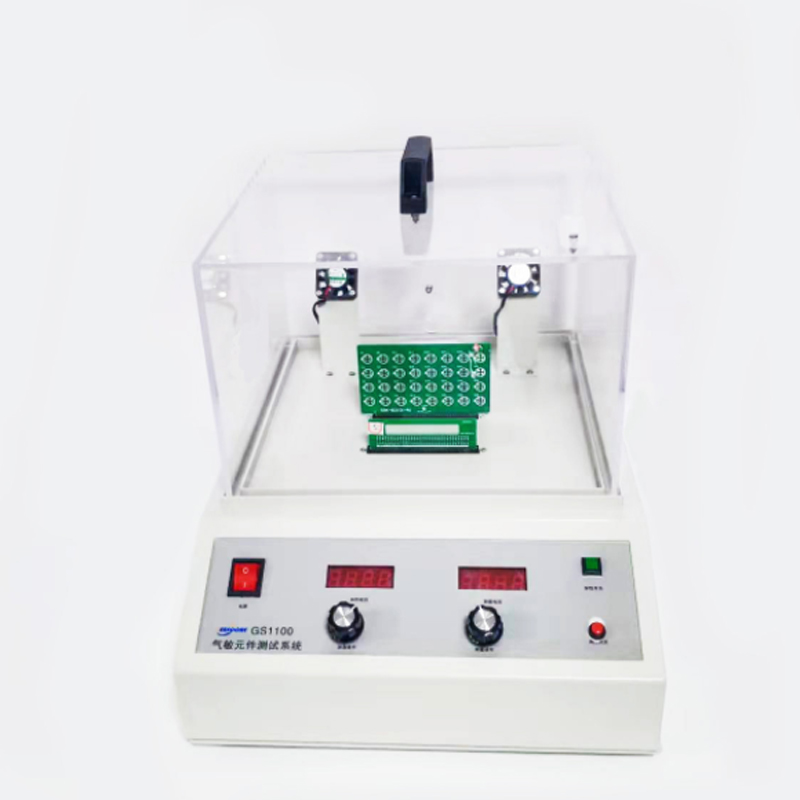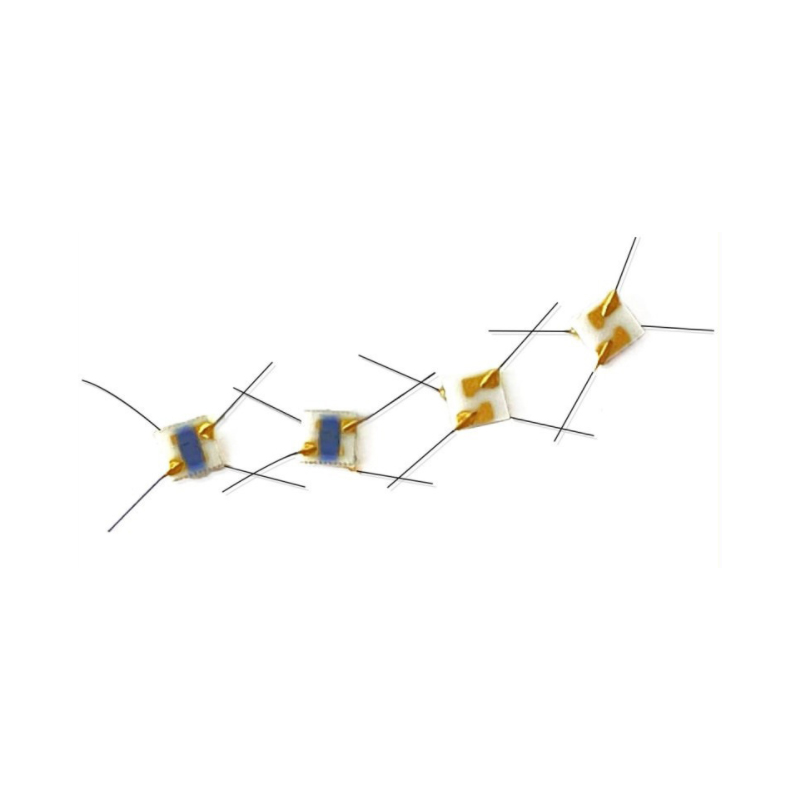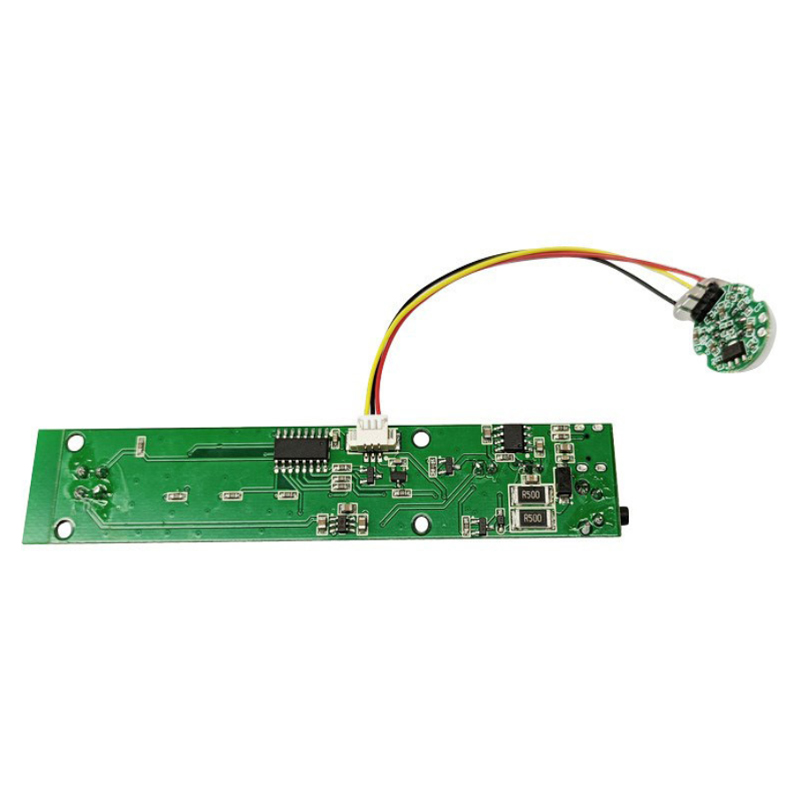What are other sensors?
PM2.5 The sensor can be used to detect the concentration of particulate matter in the air around us, that is, PM2 5 value size. The working principle is developed according to the light scattering principle: particles and molecules will scatter light under the irradiation of light and absorb part of the energy of light at the same time. When a parallel monochromatic light is incident on the particle field to be measured, it is affected by the scattering and absorption around the particle, and the light intensity attenuates.
PM2. five
PM2. 5 also known as fine particles, fine particles, fine particles. PM2. 5 refers to particles with aerodynamic equivalent diameter less than or equal to 2.5 microns in ambient air. It can be suspended in the air for a long time. The higher its concentration in the air, the more serious the air pollution. Although PM2 5 is only a small component in the earth's atmosphere, but it has an important impact on air quality and visibility. Compared with coarse atmospheric particles, PM2 5 small particle size, large area, strong activity, easy to carry toxic and harmful substances (such as heavy metals, microorganisms, etc.), long residence time in the atmosphere and long transportation distance, so it has a greater impact on human health and atmospheric environmental quality.
Mass concentration.
Semiconductor sensor:
Semiconductor transducer is a kind of sensor made of various physical, chemical and biological properties of semiconductor materials. Most of the semiconductor materials used are silicon and compounds of â…² - â…´ and â…± - â…µ elements. There are many kinds of semiconductor sensors. It uses nearly 100 kinds of physical effects and the characteristics of materials. It has a variety of sensory functions similar to human eyes, ears, nose, tongue, skin and so on.
Introduction:
Semiconductor sensor is a new type of semiconductor device. It can realize the mutual conversion between physical quantities such as electricity, light, temperature, sound, displacement and pressure, and is easy to realize integration and multifunction. It is more suitable for the requirements of computer, so it is widely used in automatic detection system. Since most of the actual measured are non electric quantities, the main work of the sensor is to convert non electric signals into electrical signals.
Advantage editing and broadcasting
The utility model has the advantages of high sensitivity, fast response, small volume, light weight, easy integration and intelligence, and can integrate detection and conversion.
application area
The main application fields of semiconductor sensors are industrial automation, telemetry, industrial robots, household appliances, environmental pollution monitoring, medical care, pharmaceutical engineering and bioengineering.
Classification of semiconductor sensors
According to the input information, semiconductor sensors are divided into physical sensitive, chemical sensitive and biological sensitive semiconductor sensors. Physical sensitive, devices that convert physical quantities into electrical signals, are divided into photosensitive, thermal, force sensitive, magnetic sensitive and other types according to sensitive objects, which have the functions similar to human vision, hearing and touch. This kind of device is mainly based on the electronic action process. Its mechanism is relatively simple and its application is more common. The contactless switch of semiconductor sensor is widely used. Combined with microprocessor, they can form remote control, optical control, voice control, industrial robot and full automation device. Figure 1 lists common physical effects.
Chemically sensitive class
Devices that convert chemical quantities into electrical signals can be divided into types that are sensitive to gases, humidity, ions, etc. according to sensitive objects, and have functions similar to human smell and taste. This kind of device is mainly based on the process of ion interaction. Its mechanism is complex and difficult to develop, but it has broad application prospects. Commonly used chemical effects include redox reaction, photochemical reaction, ion exchange reaction, catalytic reaction and electrochemical reaction (solid electrolyte concentration / dilution battery reaction), etc.
Bio sensitive class
Devices that convert biomass into electrical signals often use membrane selection, enzyme biochemical reaction and immune reaction to achieve the purpose of detection by measuring the amount of reaction products or consumption. The sensitive functional material used in biosensors is protein, and protein molecules can only react with specific substances. The biological effects commonly used include antigen antibody reaction, oxidation reaction under the action of enzymes, respiratory function of microbial living tissues and cells, etc.
Representative varieties of semiconductor sensors
Semiconductor sensor
A sensor made of the characteristic that semiconductor properties are easily affected by external conditions.
According to the detected objects, semiconductor sensors can be divided into physical sensors (detected objects are light, temperature, magnetism, pressure, humidity, etc.), chemical sensors (detected objects are gas molecules, ions, organic molecules, etc.) and biosensors (detected objects are biochemical substances).
Optical sensor is a sensor made according to the interaction principle of light and semiconductor. By doping impurities into semiconductors, new energy levels can be created in the band gap, and the absorption of light can be artificially moved to the long wave range.
There are many kinds of semiconductor optical sensors, which can detect light through photoconductive effect, photoelectric effect and photocurrent, such as photoresist, photodiode, photoelectric triode, photocell, etc. By changing the structure, optical sensors with new functions can also be made, such as near-infrared detection devices with high sensitivity and fast response speed, devices sensitive only in a specific wavelength range, devices with light emitting and light receiving devices on the same substrate, devices that can carry out light detection and current amplification, devices combining photoconductive film and liquid crystal elements, charge coupled devices, etc.
Temperature sensor
Generally, the carrier concentration increases and the resistance decreases with the increase of temperature. Using this effect, thermistors can be made. Because the semiconductor carrier concentration is related to temperature, there will be a significant Seebeck effect. When there is a temperature difference at both ends of p-type semiconductor, the hole concentration at the hot end is large, so the hole diffuses to the cold end and generates a positive space charge field at this end. This voltage (Seebeck voltage US) is about 150 μ V/K。 For n-type semiconductors, the carriers in Fig. 2 are electrons and the cold junction is negative. Therefore, the US using both p-type and n-type semiconductor couples can reach 300 μ V / K, vs. us (40) of metal μ V / k) is one order of magnitude larger.
Semiconductor temperature sensors are divided into two types: contact type and non-contact type. Contact type is divided into thermistor and PN junction type.
With the change of temperature, the resistance of semiconductor temperature sensing devices will change greatly. This device is called thermistor. The commonly used thermistor is ceramic thermistor, which is divided into negative temperature coefficient (NTC) thermistor, positive temperature coefficient (PTC) thermistor and critical temperature resistance (CTR). Thermistor generally refers to NTC thermistor.
PN junction temperature sensor is a temperature sensor made of the dependence of the characteristics of semiconductor diode and triode on temperature. The non-contact temperature sensor can detect the energy of electromagnetic wave emitted by the measured object. The sensor can be a semiconductor material that directly converts radioactive energy into electrical energy, or it can first convert radioactive energy into thermal energy to raise the temperature, and then convert the temperature change into an electrical signal to detect. This can be used to measure the temperature at one point. If the temperature distribution is measured, it needs to be scanned. When the object temperature is low and can only emit infrared, its infrared must be detected.
Semiconductor magnetic sensors have been widely used in the field of electronics because of their small size, light weight, high sensitivity, high reliability and long service life. In addition, the magnetic effect can also be used to make length and weight sensors, high-resolution (0.01 degrees) tilt sensors, and measure liquid flow .
Pressure sensor
When the semiconductor is under pressure, the band gap width changes, resulting in the change of carrier concentration and mobility. The resistance change caused by this is two orders of magnitude larger than that caused by the reduction of cross-sectional area of metal wire under pressure. Therefore, the semiconductor pressure sensor has high sensitivity. The combination of p-type semiconductor and n-type semiconductor can also make a pressure sensor with higher sensitivity. The diffusion semiconductor pressure sensor is made by integrated circuit technology, which can improve the performance and measurement accuracy. For example, processing silicon single crystal to make pressure diaphragm, and then making pressure gauge by plane process diffusion on its surface. Because they are on the same silicon wafer, they can reduce lag and improve accuracy.
Compared with the ancient methods of pulse pressure and blood pressure measurement, using semiconductor pressure sensor to measure the pressure of various parts of organisms has the advantages of high precision, small volume, measurement in the natural state of organisms and safety (small current).
humidity sensor
When gas molecules or water molecules are adsorbed on the semiconductor surface or interface, the energy band of the semiconductor surface or interface changes. The change of semiconductor resistance can be used to detect gas or humidity. Semiconductor humidity sensor has the characteristics of small volume and light weight. Practical ceramic humidity sensors include zno-cr2o3 system and tio2-v2o5 system. Zno-cr2o3 ceramic humidity sensor is used in indoor air conditioning. It can accurately control humidity. Combined with microcomputer, it can automatically dehumidify and save electric energy. Tio2-v2o5 ceramic humidity sensor has good heat resistance and can measure ambient humidity above 60 ℃. It can also be used for humidity measurement in the presence of organic vapor in pharmaceutical and synthetic fiber factories.
Gas sensor
The gas is detected by using the characteristic that the resistance or work function changes when the semiconductor is in contact with the gas. Gas sensors are divided into resistance type and non resistance type.
The resistance type is prepared from SnO2, ZnO and other metal oxide materials in the form of porous sintered parts, thick films, thin films, etc. According to whether the interaction between semiconductor and gas occurs on the surface or in the body, it can be divided into surface control type and volume control type. Surface controlled resistive sensors include SnO2 sensors, ZnO sensors, sensors made of other metal oxides (WO3, V2O5, CDO, Cr2O3, etc.) and sensors made of organic semiconductor materials. The bulk controlled resistive sensor includes Fe2O3 sensor, ABO3 sensor and sensor for combustion control. Such sensors can detect reducing gases such as methane, propane, hydrogen and carbon monoxide, oxidizing gases such as oxygen and nitrogen dioxide, amines and water vapor with strong adsorption capacity.
The non resistive gas sensor uses the change of work function caused by gas adsorption and reaction to detect gas. It can be divided into metal semiconductor junction diode sensor (using the change of diode rectification characteristics when adsorbing gas on the interface between metal and semiconductor), MOS diode sensor (using MOS structure to detect gas through the drift of C-V characteristics) and MOS FET sensor (detecting gas through the change of threshold voltage of MOS FET).
Semiconductor gas sensor has high sensitivity and can be used for combustible gas explosion-proof alarm and toxic gas monitors such as CO and H2S. Through stability study, some sensors can be used for quantitative monitoring of gas concentration. Semiconductor gas sensors are widely used in disaster prevention, environmental protection, energy saving, engineering management, automatic control and so on.
Ion sensor
The semiconductor ion sensor is small in size and can be directly inserted into the organism for continuous measurement to monitor the patient's condition at any time.
The resistance of the semiconductor surface varies with the electric field perpendicular to the surface. The insulated gate field effect transistor (IGFET) made of this field effect can be used as a chemical sensor. When measuring ions, it is called ion sensitive field effect transistor (ISFET). The gate insulating layer surface of ISFET only responds to specific ions and forms an ion sensing layer. The change of interface potential is detected by the change of drain current of FET. The miniaturization of ISFET does not have the problem of excessive resistance of ion selective electrode, and its output impedance is very small. Due to the stability of the interface electric double layer, the change of the interface potential can be detected even when the concentration is very low, so it has high sensitivity. ISFET can be used to measure cations such as H +, Na +, K +, Ca + +, Ag +, NH +, anions such as F -, Cl -, Br -, I -, CN -, etc. it can also be made into composite ISFET (i.e. the same ISFET can measure several different ions) and FET type reference electrode (reffet).
Biosensor
Complex biochemical substances can be detected by changing ISFET sensitive membrane or using other structures. The sensor is used in medical treatment, food, medicine, environmental protection and so on. For example, in clinical chemical examination, the method of using fixed enzyme as electrode to analyze glucose, amylase, metformin, ethylene propylene ester, urea and uric acid in blood is rapid and simple. Biosensors are developing in the direction of detecting more complex biological related substances, immune substances, cells and microorganisms.
Using integrated technology, the semiconductor sensor and information processing circuit are integrated on the same chip, which can increase the function of the sensor. In addition, semiconductor sensor devices with composite functions that can detect different objects can also be fabricated on the same substrate. Monolithic integrated sensors and hybrid integrated sensors have emerged. The combination of sensors and microprocessors can make intelligent devices with automatic compensation function and predictive judgment function.
Semiconductor sensor has the advantages of high sensitivity, good reliability, multi-function, miniaturization and intelligence, but has the disadvantages of multi sensibility, poor selectivity and can not be used in limit state (such as high temperature). In view of the shortcomings of crystalline semiconductor sensors, amorphous semiconductor sensors are being studied.
FBelec sensor including:position sensor,temperature sensor,emperature Sensor,Proximity Sensor,Accelerometer,IR Sensor (Infrared Sensor),Pressure Sensor,Light Sensor, Ultrasonic Sensor,Smoke sensor,Wireless sensors,vision sensors
NINGBO FBELE ELECTRONICS CO.,LTD.
FBELE company was founded in 1997, is China's leading manufacturer of acoustic and other electronic components, we designs,manufactures, distributes high quality products in very competitive price, bestservice, timely delivery, small order acceptable, etc. Our products include piezo ceramic element, piezoelectric buzzer, magnetic buzzer,speakers, transducer, receiver, electret condenser microphone, magnetic contact. Piezoelectric alarm,ultrasonic sensor,PZT ceramics,etc.
- Following 0
- Followers 0
- Send Msg


